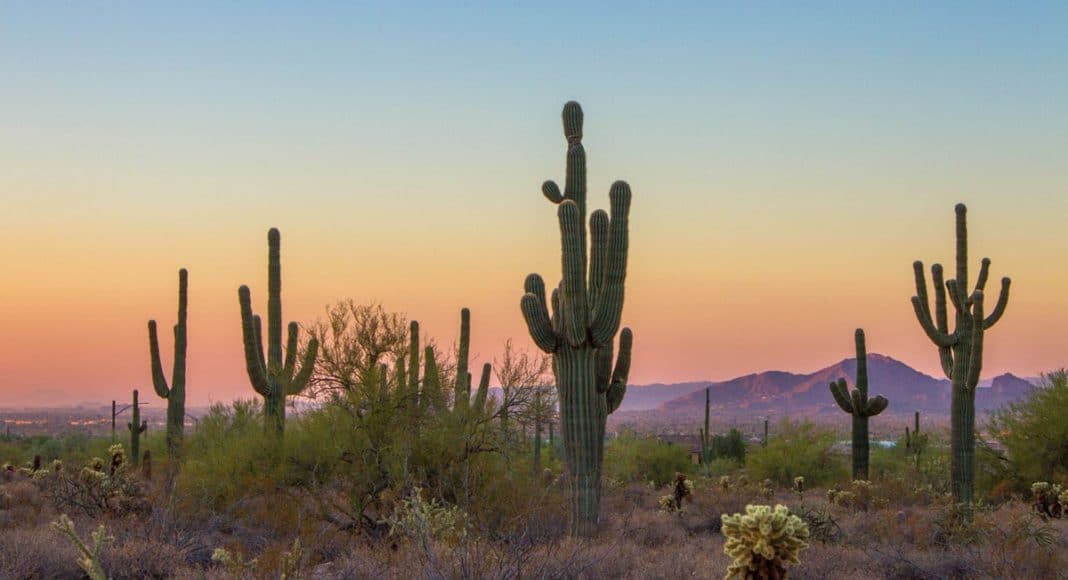In 2017 turned out to be a banner year for cannabis patients in Arizona. According to a soon-to-be-public report from the state’s Department of Health Services, patients in the Grand Canyon State consumed more than 43 tons of marijuana products last year. The total tonnage including flower, edibles, and concentrates.
In 2016, state marijuana dispensaries sold 29 tons. According to the state’s data, there were 153,000 patients registered for the medical marijuana program by year’s end — a 34 percent year-over-year jump from 2016.
Arizona voted to allow medical marijuana way back in 201o, but there were no retail outlets until 2012. In the first full year of the program (2013), the total volume sold was a meager 2.5 tons. Since then, the program has skyrocketed.
The health agency did not report how much sales revenue dispensaries took in during 2017. But, the Daily Sun took a stab at some basic math:
If marijuana runs $200 an ounce — and the prices do vary both up and down from that depending on the dispensary and the quality of the drug — that’s more than $275 million changing hands at the retail level.
Among the other interesting tidbits from the report:
- More marijuana was sold on a daily basis in December than any other month.
- Friday is the most popular day for cannabis sales.
- Male patients outnumber females by 2-to-1.
- Nearly four out of every 1o patients is 51 years old or older.
- Chronic pain is by far the most common ailment listed. Other top conditions listed were cancer, PTSD, muscle spasms, seizures and glaucoma.
Patients in Arizona are legally allowed to purchase 2 1/2 ounces of cannabis every two weeks. Qualifying conditions for patients include glaucoma, seizures, nausea, Alzheimer’s disease and PTSD. Patients are allowed to report multiple conditions in order to obtain legal medical marijuana.
-
Related Story: Refurbished Arizona Bank Becomes Marijuana Drive-Thru
Health department figures show that the majority of what was purchased in 2017 was in the form of whole marijuana (leaves and flowers). Only about 10 percent was in other forms, including edibles, beverages and capsules.
The agency expects to post its full report on its website this week. The Phoenix New Times jumped the gun and already published it here.


